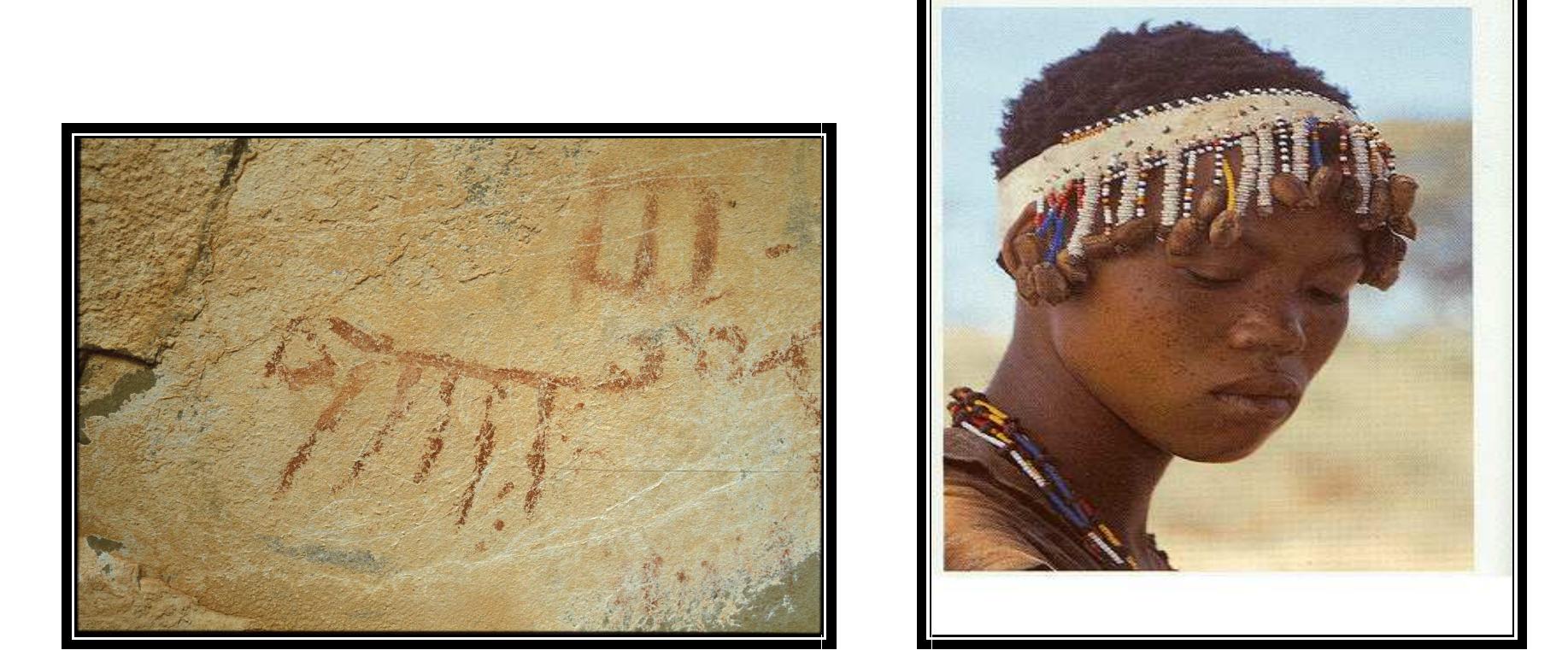Key research themes
1. What are the historical continuities and transformations in the San people's cultural practices and rituals?
This research theme explores the persistence and changes in cultural and ritual practices of the San people, especially focusing on the Transkei San descendants and how their traditions, such as eland hunting rituals and rock art symbolism, have been maintained or altered over time. Understanding these practices offers insights into indigenous knowledge systems, spiritual beliefs, and social organization relevant to southern African hunter-gatherer societies.
2. How have the San and Khoikhoi peoples been represented and mapped in colonial and post-colonial historical cartography and ethnography?
This theme investigates the historical representation, mapping, and documentation of San and Khoikhoi peoples within the context of European colonial knowledge production. It addresses how early mapmakers and ethnographers portrayed these indigenous groups in relation to geographical space, and examines the subsequent impact on historiography, identity, and territorial claims. Understanding these representations illuminates the construction of colonial narratives and the spatial politics affecting indigenous land and cultural recognition.
3. What are the roles of language, identity, and social distinction in Sanandaj regarding Kurdish and other local ethnic groups?
Focusing on the city of Sanandaj in Iranian Kurdistan, this theme explores how language acts as a central marker of social identity and alterity between dominant and subordinate groups within the city. It analyzes mechanisms through which cultural superiority is asserted, how social classes are demarcated, and how subordinate populations adapt linguistic and behavioral practices to negotiate marginalization. This investigation sheds light on ethnolinguistic dynamics in multi-ethnic urban contexts and the reproduction of social hierarchies through language.



















